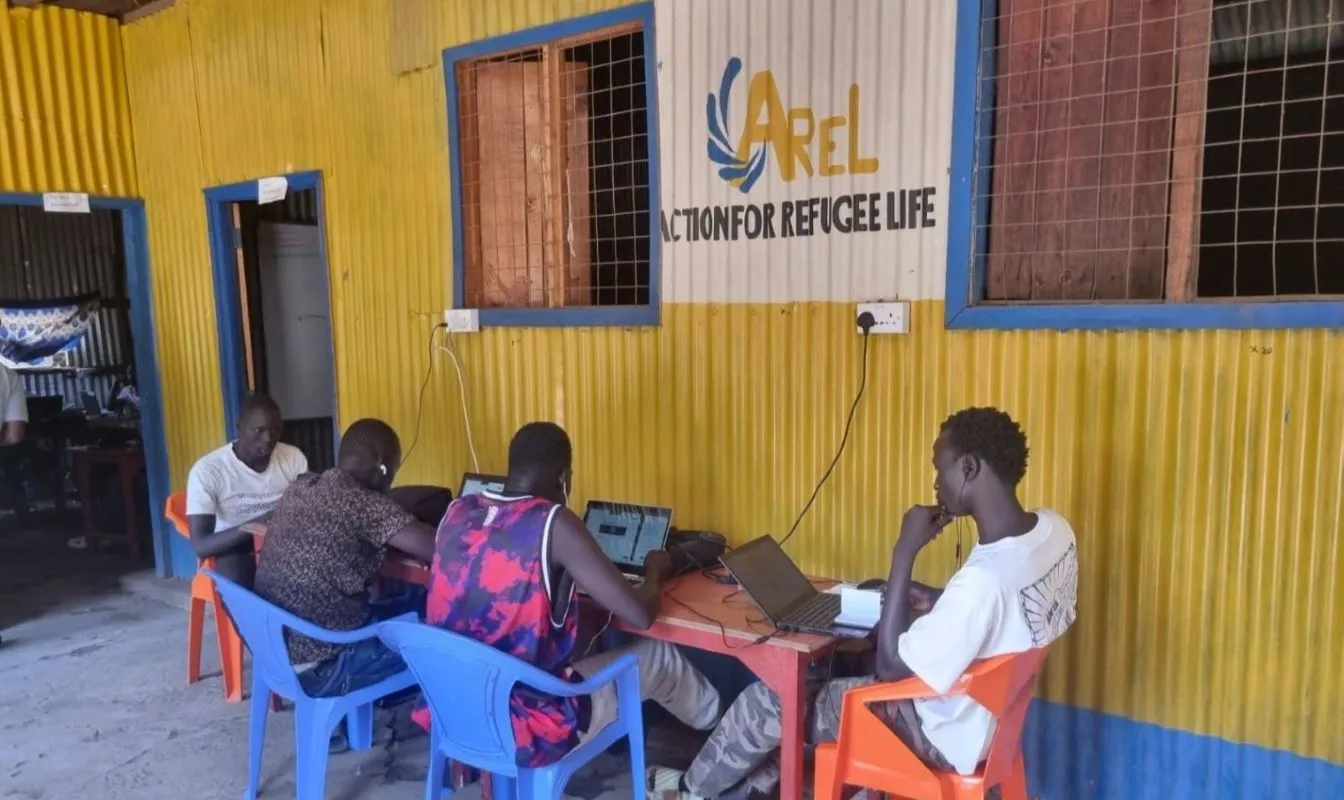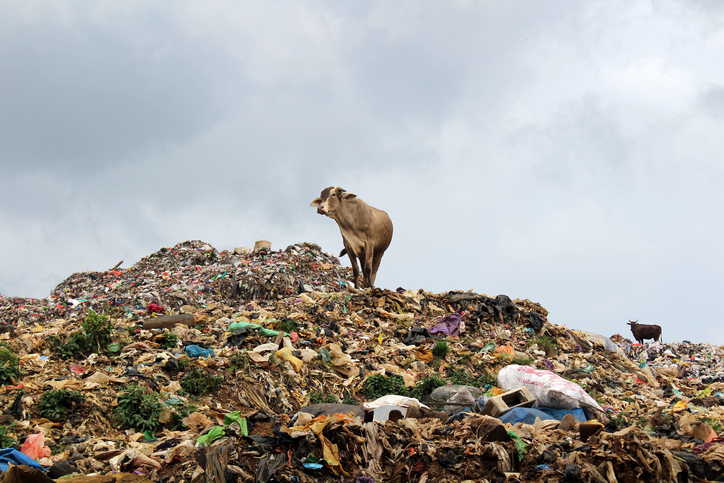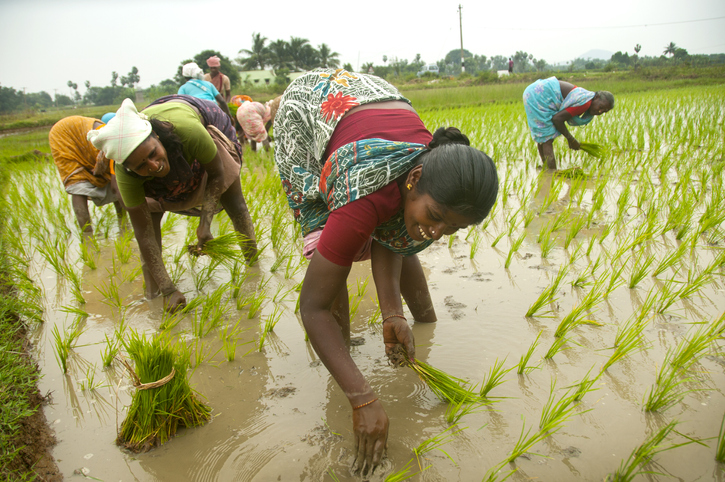This blog is part of a series organised in conjunction with the 19th global development conference.
Providing climate information services to smallholder farmers in developing countries can play a key role in making vulnerable communities more resilient to climate change. This column – an entry in GDN’s 2019 international youth blog competition – describes a framework used to secure dissemination of research-based data about climate change to stakeholders in the agricultural sector.
Agriculture is the mainstay of many developing countries in Africa. It is typically dominated by smallholder farmers, the majority of whom reside in semi-arid regions. They are often vulnerable to adverse weather conditions, such as inadequate rainfall, floods, and extreme temperatures, coupled with pest and disease outbreaks, which often result in severe crop and livestock losses.
Many of the risks facing these farmers are caused by climate change. Because the majority of smallholder farmers lack access to area-specific, reliable, and actionable climate services, they fail to prepare fully for agricultural seasons.
Climate information services are a key input for farmers’ decision-making about adaptation to climate change. They can play a significant role in making the agricultural sector of African countries more resilient.
Arame Tall, a climate services specialist, has conducted several case studies in Africa and Asia. These offer insights into how to provide climate information services to smallholder farmers effectively, thus addressing Sustainable Development Goal 13: Climate Action. Providing climate information services to the most vulnerable groups of the community is one way of building their resilience, and it should be an urgent priority.
Tall’s work has helped in the design and production of climate services projects in most developing countries, thus helping farmers to adapt to climate change. Moreover, Tall’s research on climate services has inspired the staff of certain national meteorological services (NMS) departments in Africa, and has challenged them to take initiative in their countries in the implementation of climate services frameworks at the national level.
For smallholder farmers to benefit from climate services, there are five strategic challenges that need to be addressed: salience, access, legitimacy, equity, and integration. The work of Tall and her colleagues highlights how these challenges can be overcome, and it has formed the framework on which the NMS departments of developing countries and their partners provide climate information services to end-users.
Salience
Salience requires that climate information is tailored and can be applied when making farm-level decisions. That entails bridging the gap between the climate information that farmers need and that which is provided. For the challenge of salience to be successfully addressed, there is a need for producer-public-private partnerships – between NMS departments, stakeholders in agriculture, development, communication, farmers, etc.
In Rwanda, for example, some smallholder farmers report that they are able to make informed farm-level decisions using the seasonal forecasts they receive from Meteo Rwanda. Making such decisions is possible because before the farming season, the farmers had received training on ‘participatory integrated climate services for agriculture’, in which forecasts connected to farming were discussed among farmers, agronomists, and local project partners.
Access
Access involves providing timely climate services to rural communities that are remote and have undeveloped infrastructure. Scaling up access to climate services requires a combination of communication channels, such as mass media (for example, radio and television) electronic media (for example, SMS and call-in services) and community channels (for example, agricultural extension services, farmer organizations, and social networks).
In Africa, the main channels for the dissemination of climate information include the radio, television, bulletins and emails. Countries such as Kenya, Ethiopia, and Sudan have developed climate information websites, where they can share information with interested end-users.
In India, the presence of a local agro-meteorological centre under the integrated Agro-meteorological Advisory Service (AAS) project has improved access to and usability of advisories. An assessment of this project indicates that training and discussion in villages are superior dissemination channels.
A key source of success identified by the farmers in the assessment of the AAS project was the use of a variety of communication channels to reach them. These included SMS and voice messaging, media (newspapers, radio, and television), the internet, meetings and training with agricultural extension workers, local knowledge centers, local NGOs, farmer clubs, bulletins, and announcements over a microphone in villages. In villages where farmers report receiving AAS information through a larger number of communication channels, awareness and use of AAS are higher.
Legitimacy
Legitimacy is about ensuring that farmers own the climate services given to them and that they are also involved in the design and delivery of the services. As early as 1982, in Mali, a project that provided climate information to farmers was launched. The aim of the project was to find out how farmers used climate information in making informed agricultural decisions.
Farmers in the project were directly involved in agro-meteorological activities, such as collection of rainfall data and sending it to their meteorological services department. Farmers were also involved in the design of the weather and climate data that they required. By 2014, thousands of farmers in Mali were still taking part in agro-met activities and they can interpret the information to tailor their forecasts.
Equity
In Africa, women generally have less access to information and resources than men. Equity is about including women, the poor, and other socially marginalized groups in the design and delivery of climate information services.
A case study in the Kaffrine region of Senegal that focused on gender and climate information needs indicates that women prefer certain channels of communication for information. These include water collection points, such as boreholes, marketplaces, and SMS messaging.
Integration
Climate information services can be integrated into a larger package of an agricultural support or development program. This will improve farmers’ capacity to act on the information they receive. In addition, climate information can be integrated with other forms of agricultural information vital to farmers, for example, information about agricultural markets.
In partnership with Plan International and Southern Alliance for Indigenous Resources (SAFIRE), Oxfam executed a Government of Zimbabwe – United Nations Development Program and Global Environment Facility supported project. Under this project, smallholder farmers, in addition to receiving tailored climate services, also had access to financial services, as well as market linkages. This helped in improving the resilience of the farmers to climate-induced shocks.
Conclusions
The above discussion highlights the five challenges of information provision that must be addressed for climate services to be effective. Climate change and impact from climate change projects usually take time to build. Nevertheless, research experiences from Africa and Asia in line with the five challenges indicate that climate information services have the potential to improve the adaptive capacity of farmers.
Climate change is a public good that brings together a variety of different actors within the economy. Therefore, for climate information services to have more impact on farmers, there is a need for more public funding to be channeled towards implementation of climate change projects as well as the necessary partnerships. Increased public investment in climate change projects, for example, projects on the establishment of climate services frameworks will not only help in improving national climate change adaptation, but they will also help to solve the problem of scarce climate data, especially in Africa.
National partnerships and collaborations among stakeholders in agriculture and climate change are also of importance. Such partnerships may include climate change experts from the meteorological services departments, agronomists from government agencies in agriculture, private companies in agriculture and information technology, academia in research and the farmers themselves. These should work jointly towards the efficient and effective production, dissemination, and delivery of actionable climate information services.






